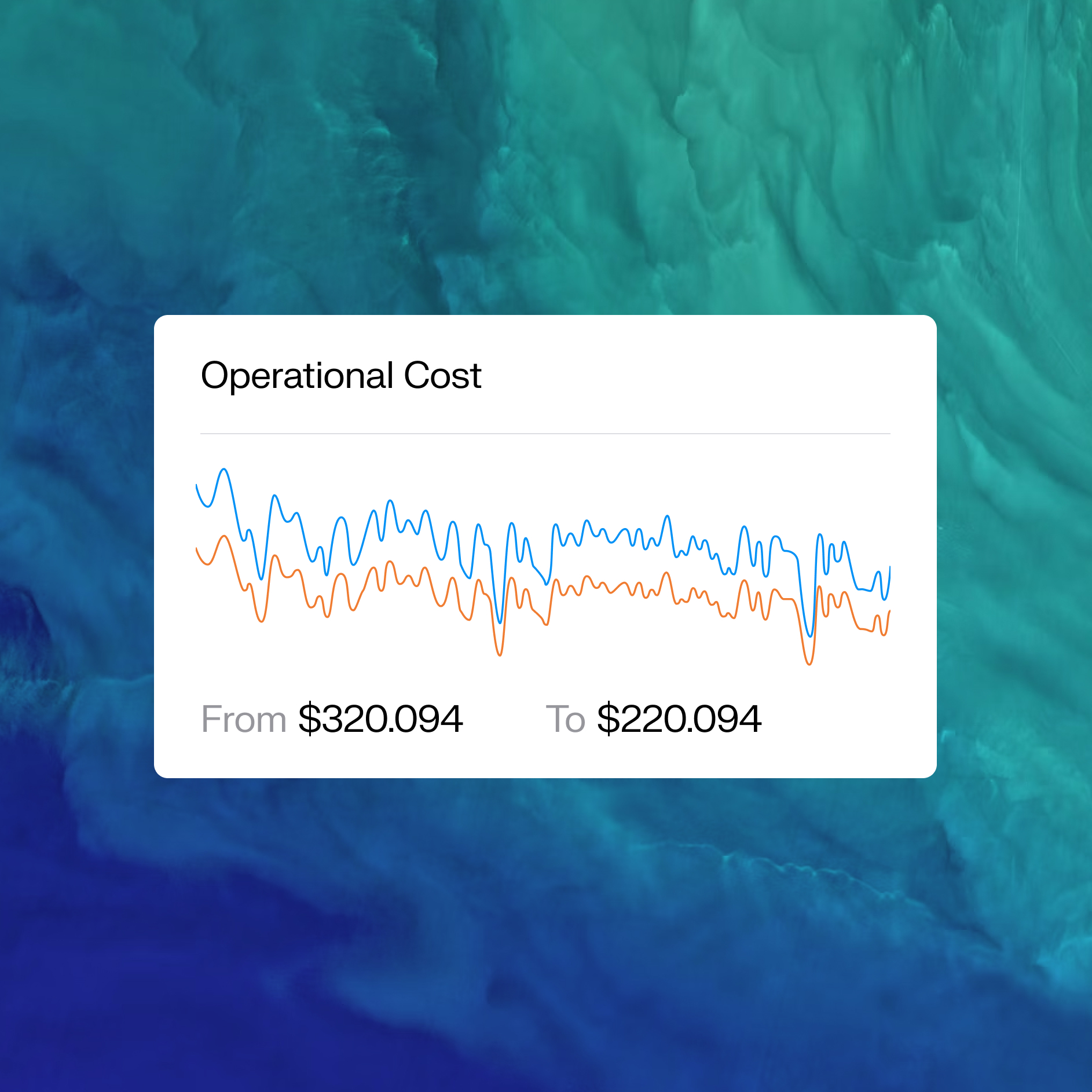The Market Impact of Cheaper Storage
The affordability of storage has expanded the range of applications for both utilities and consumers:
- Utility-scale storage: Large battery systems connected to transmission or distribution networks are increasingly used for grid services such as frequency regulation, energy shifting, and backup support. Systems can now store electricity generated during periods of low demand and dispatch it when demand peaks, stabilizing the grid.
- Behind-the-meter storage: Residential, commercial, and industrial customers are adopting smaller-scale batteries, often paired with rooftop solar panels. These systems help reduce electricity bills, improve energy independence, and provide backup power during outages.
Energy shifting has become the leading application of storage. By 2024, it accounted for 67% of new capacity additions, reflecting the growing importance of storing renewable energy during periods of excess production and releasing it when needed.
Lithium-ion batteries dominate the market, but within this segment, lithium iron phosphate (LFP) chemistries have gained momentum. LFP’s market share rose from 48% in 2021 to 85% in 2024, thanks to lower costs, longer cycle life, and improved safety. This shift underscores how chemistry innovation further enhances the value proposition of storage.
With these advances, the combined cost of renewable energy generation plus storage is increasingly competitive with conventional fossil fuel power. This trend strengthens the business case for renewable integration, allowing renewables to meet baseload demand more reliably.







